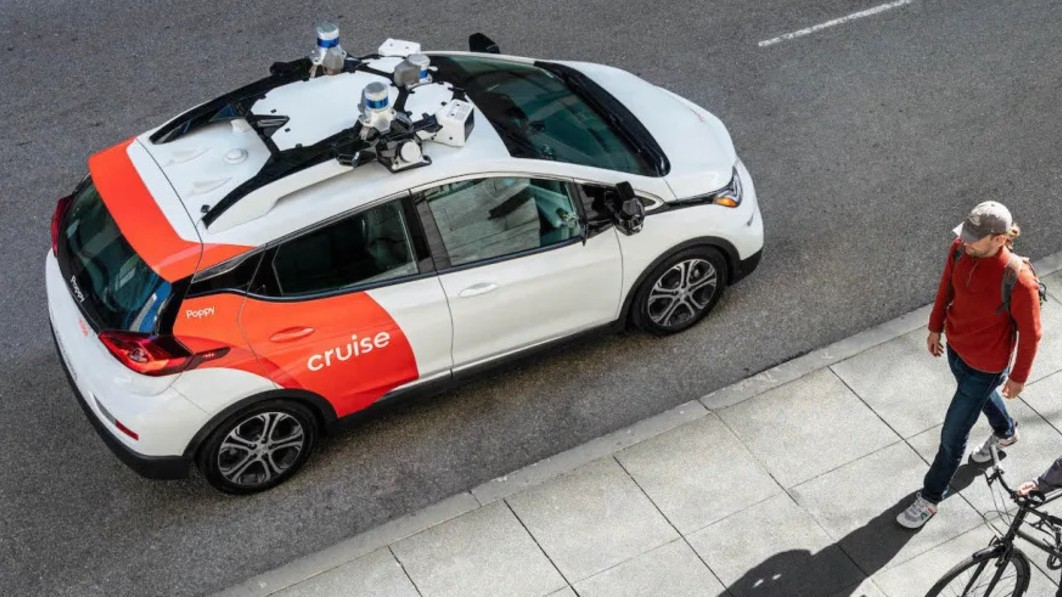Honda Pilot vs. Ford Explorer: Compare SUVs

They’re among the longest-running nameplates in the world of SUVs—and the Honda Pilot and Ford Explorer share some other things in common, too. Both have three rows of seats, both have earned exceptional safety ratings, and both have versions pitched to the off-road enthusiasts in the family.
The 2023 Honda Pilot was redesigned just this model year, and brings its formula for eight-seat utility up to date. It has larger and better infotainment touchscreens, a rugged TrailSport edition, and a revamped V-6, though it still doesn’t offer a hybrid edition.
The 2023 Ford Explorer, meanwhile, is a few years since its last redesign and a switch to a rear-drive-based architecture. It brings a capacious interior to this duel, as well as a hybrid version with good combined fuel economy ratings.
They’re time-honored nameplates with some strong selling features—but which one’s the better vehicle overall? Here’s how we break them down.
2023 Ford Explorer
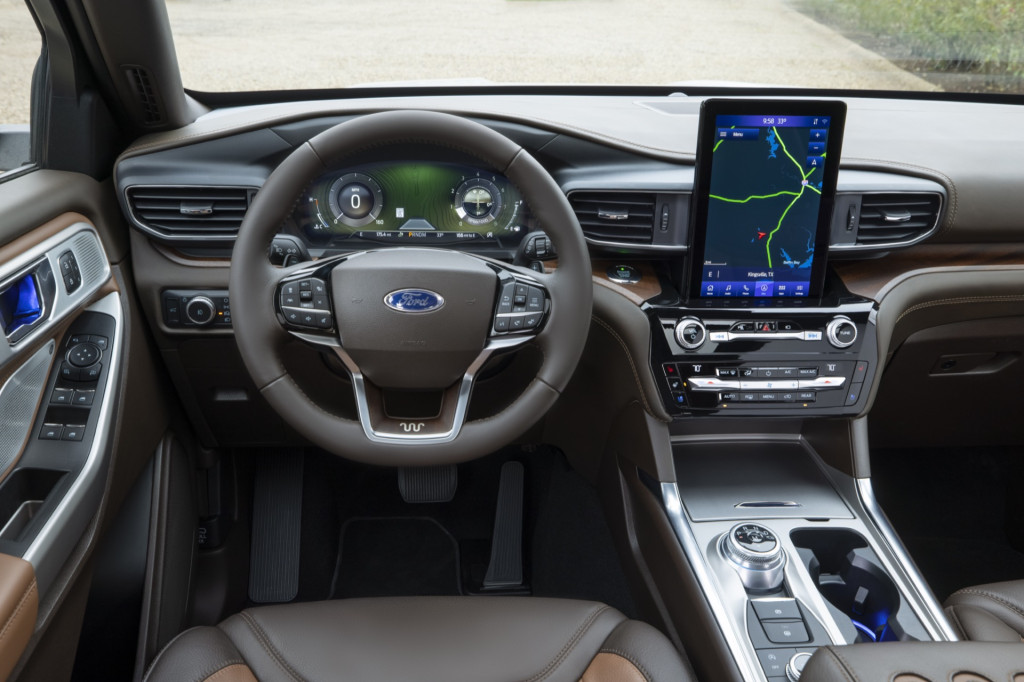
2023 Ford Explorer
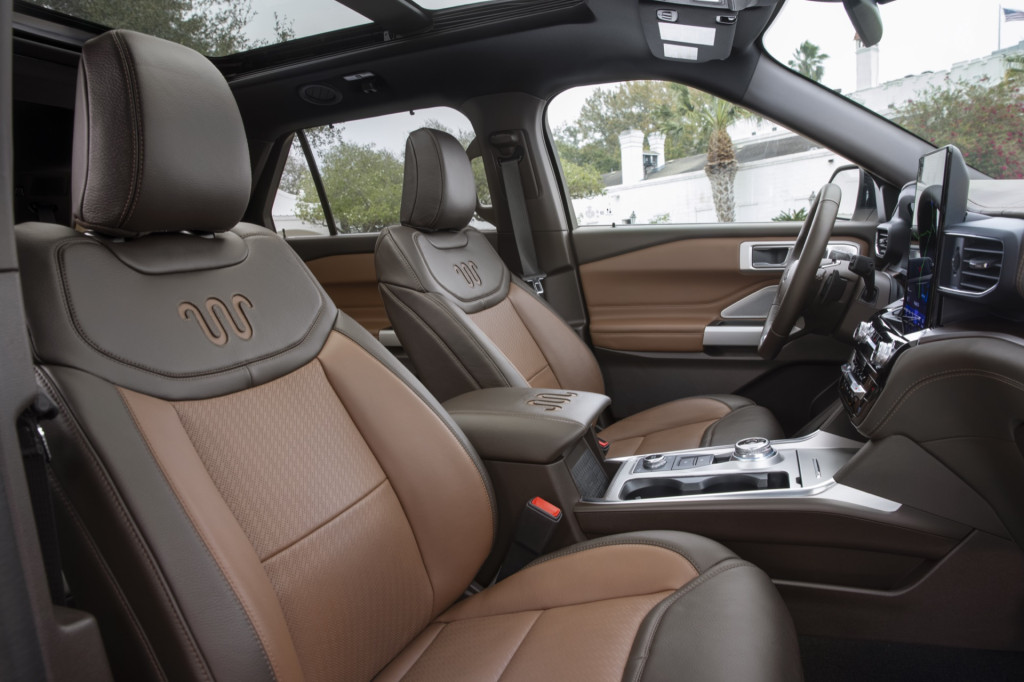
2023 Ford Explorer
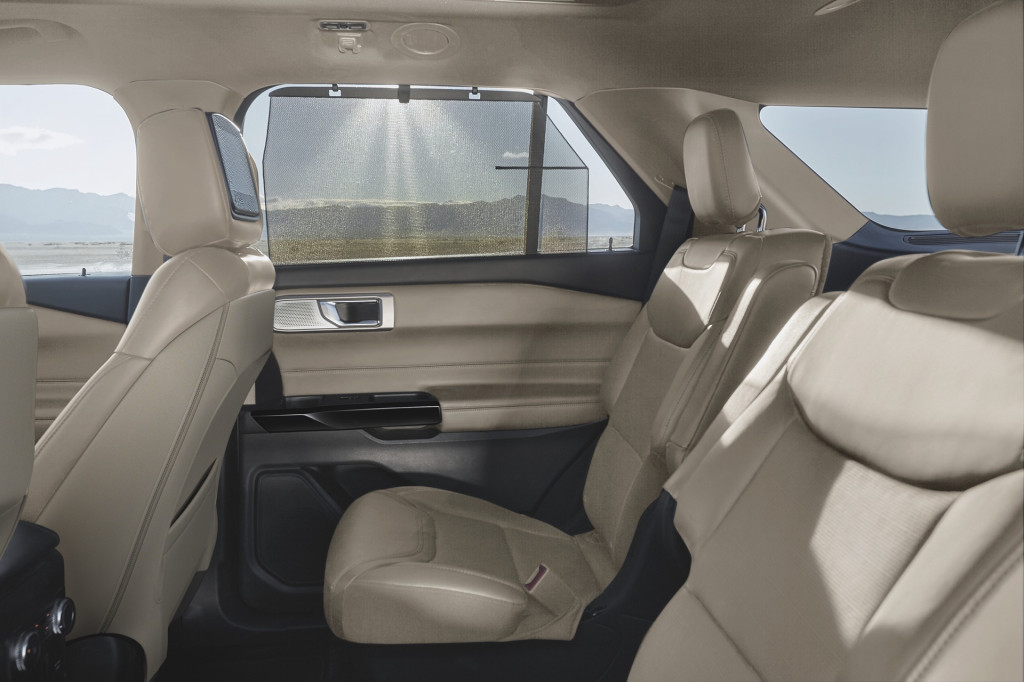
2023 Ford Explorer
Honda Pilot vs. Ford Explorer prices and features
-
The base Pilot costs $37,645
-
A base Explorer costs $38,225
-
Best picks: Honda Pilot EX-L, Ford Explorer XLT High
How much is a Honda Pilot?
The base Honda Pilot LX costs at least $37,645—but for that price, it includes eight seats, dual-zone climate control, power features, and a 7.0-inch touchscreen with Apple CarPlay and Android Auto, as well as a 3-year/36,000-mile warranty.
We say pass, and recommend at least the $40,495 Honda Pilot Sport with its power heated front seats—but most shoppers steer right ahead to the $43,295 Pilot EX-L, which costs $43,595 when it’s fitted with captain’s chairs in the second row. It also gains wireless smartphone connectivity, a 9.0-inch touchscreen, a wireless smartphone charger, leather upholstery, and a power tailgate.
Fully loaded, a $53,375 Honda Pilot Elite gets a removable middle second-row seat, navigation, 12-speaker Bose audio, 20-inch wheels, a head-up display, cooled front seats, digital gauges, and a surround-view camera system. Another $2,950 adds the HPD package with bronze wheels and fender flares, for a total of more than $56,000.
How much is a Ford Explorer?
Base Explorers now cost at least $38,255, and come with power features, cloth upholstery, an 8.0-inch touchscreen, and Apple CarPlay and Android Auto. A 10.1-inch touchscreen is an option.
We’d advise you to spend up to $43,600 for the XLT edition with a High trim package that has power front seats, remote start, 20-inch wheels, and synthetic leather upholstery. All-wheel drive costs more—so you might venture up to the $49,750 Explorer Timberline, where AWD comes standard.
At the top of the range, the $57,570 Explorer King Ranch comes with wood dash trim, perforated leather upholstery, and digital gauges—but Ford still charges another $1,295 for a package that includes the larger 10.1-inch touchscreen.
Advantage: The Pilot, which has more content at the recommended trim level.
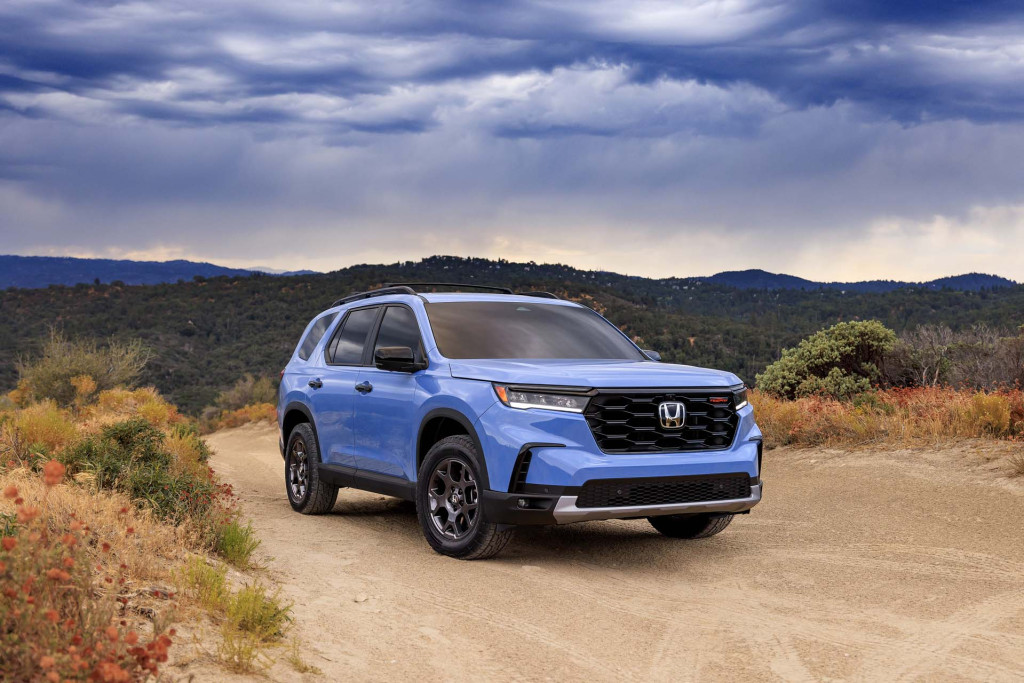
2023 Honda Pilot
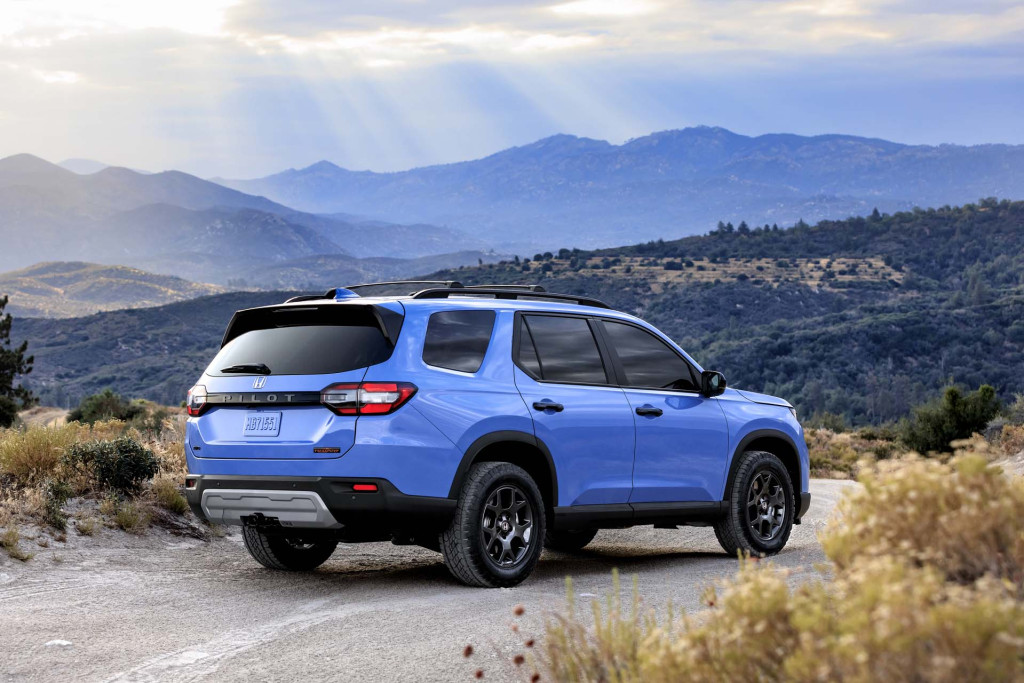
2023 Honda Pilot
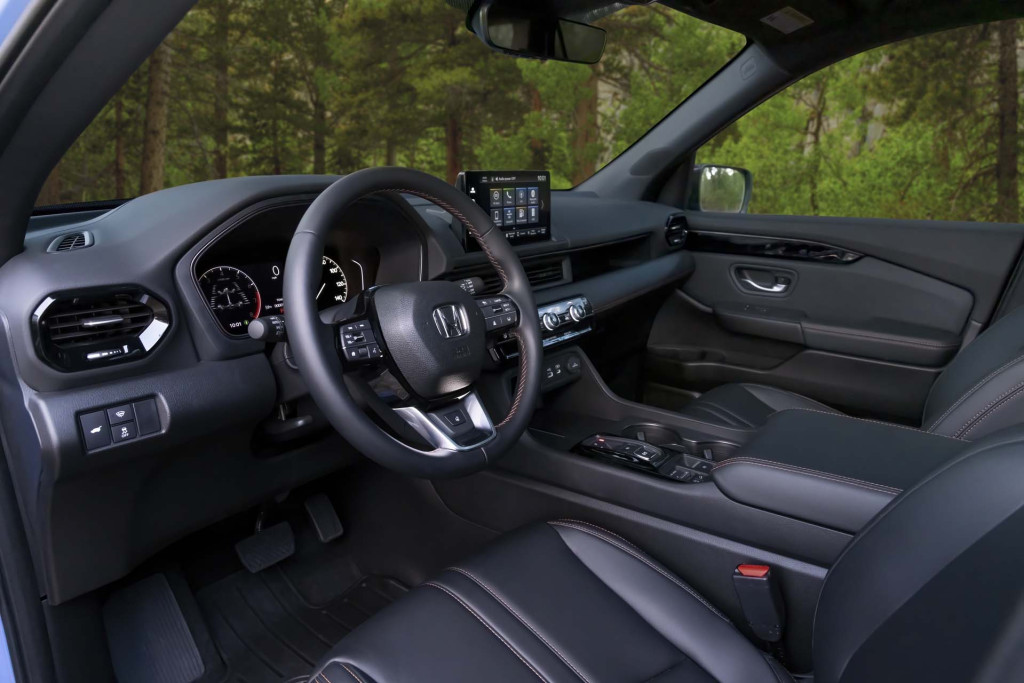
2023 Honda Pilot
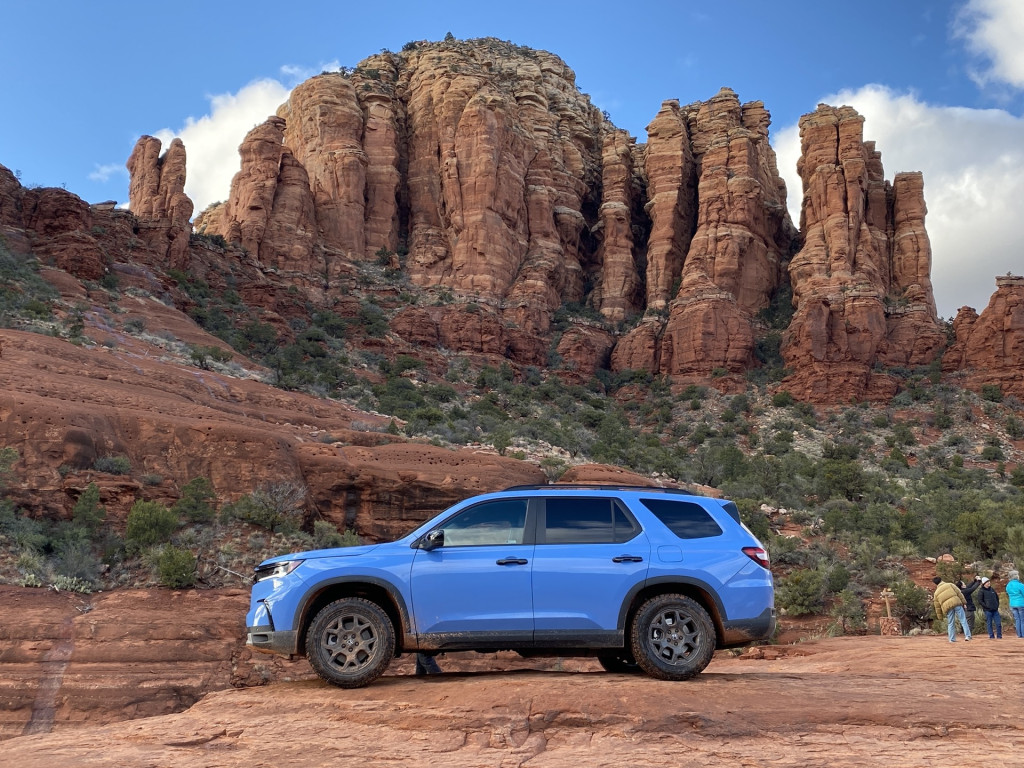
2023 Honda Pilot
Ford Explorer vs. Honda Pilot performance specs and towing
-
A turbo-4 comes standard on the Explorer
-
Explorers can be fitted with hybrid drivetrains
-
The Pilot’s V-6 is strong—but it’s the only engine
-
AWD can be fitted on any of these
Is the Honda Pilot 4WD?
Most Pilots have front-wheel drive, but it can be configured on those FWD models for $2,100; it’s standard on the Elite and TrailSport editions. Honda’s version has a power split from the front to the rear wheels, which then can be split across the rear axle for more precise power delivery.
How fast is the Honda Pilot?
The new 3.5-liter V-6 in the Pilot sounds and acts a lot like the former V-6. It’s muscular, sounds good at high revs, and can adapt its responses through a set of drive modes that include programs for snow driving, towing, and off-roading. Honda’s 10-speed automatic flips through gears without fuss, and paddle shift controls give the driver even more control over how power is applied.
From LX versions to the TrailSport, the Pilot has responsive, lighter-weight steering that feels connected to the road, even when it’s strapped with bigger, more numb 20-inch wheels (18-inchers come standard on lower-end versions). It’s a soothing machine in which to ride, with its independent front and rear suspension tuned very well for interstate driving, and agile enough to dance around potholes while it rolls over speed bumps.
The Pilot can tow up to 5,000 pounds. The TrailSport edition has gained a moderate amount of off-road traction, with all-terrain tires and a front skid plate, as well as an available surround-view camera system with a specific display of under-vehicle obstacles when needed.
Is the Ford Explorer 4WD?
Most models have standard rear-wheel drive, with a $2,000 upcharge for all-wheel drive; the Timberline has AWD standard.
How fast is the Ford Explorer?
The 300-hp 2.3-liter turbo-4 that’s found in most Explorers may not sound brawny enough on paper, but skip that gut reaction: it’s powerful, quiet enough, and coupled to a 10-speed automatic that knows how to extract the most from it. Ford estimates a 0-60 mph time of under seven seconds in the turbo-4 Explorer, while it maintains a 5,300-pound tow capacity.
That goes up just 300 pounds—while the price climbs more quickly—in the Explorer with the 400-hp turbo V-6. Explorer Platinum, King Ranch, and ST have the 6-cylinder, and it can zip to 60 mph in less than six seconds—but Ford’s 10-speed automatic fumbles some of the shifts in the sport-tuned ST edition.
There’s one more option: the Explorer Hybrid couples a 3.3-liter V-6 with an electric motor and a 1.5-kwh battery to generate 318 hp and a 0-60 mph time of about eight seconds. Tow capacity in this version lags at 5,000 pounds—and so does shift quality. The Hybrid’s not much more efficient than the turbo-4 edition and it judders through shifts at light throttle.
On the upside, the Explorer has an independent suspension at both ends, and its rear-drive origins give it a lower, more sporting stance, which translates to a composed ride and less body lean than in some other eight-passenger SUVs. It’s a marginal point to argue in vehicles that have other priorities—but it’s still of note.
Advantage: Even though it’s turbo-4 versus V-6, it’s a draw.
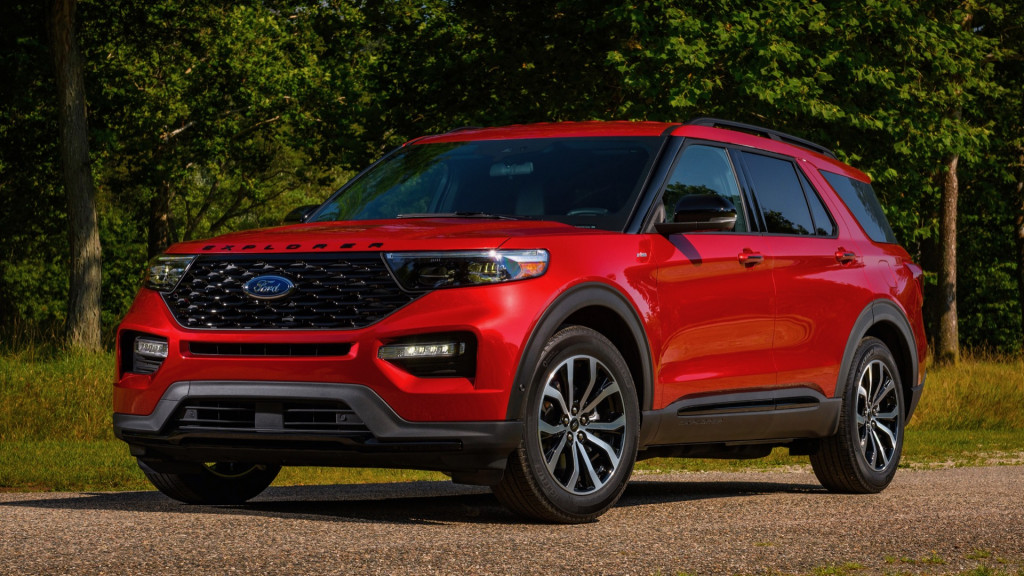
2022 Ford Explorer ST-Line
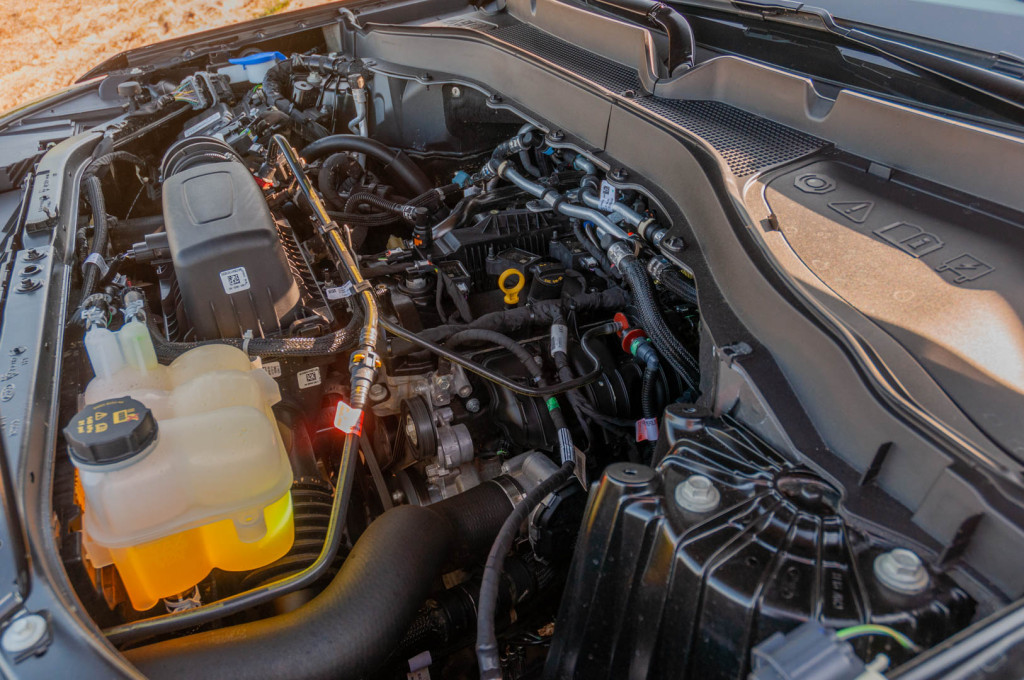
2022 Ford Explorer Timberline
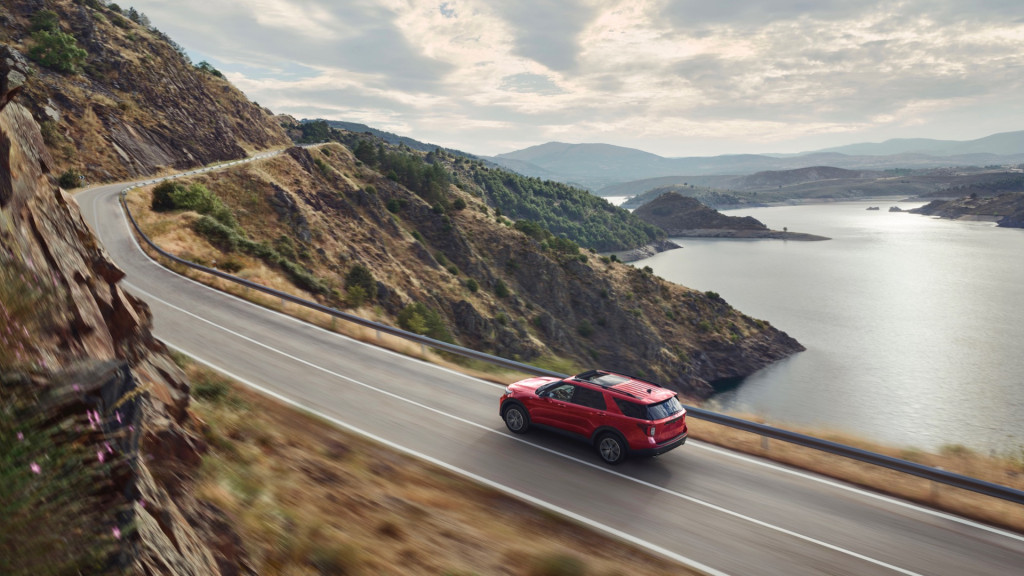
2022 Ford Explorer ST-Line
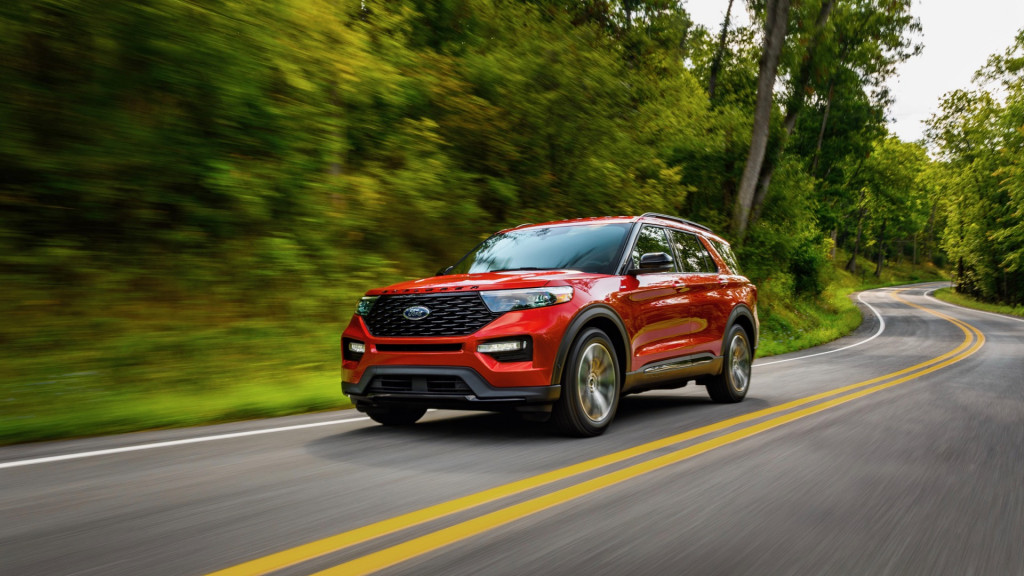
2022 Ford Explorer ST-Line
Honda Pilot vs. Ford Explorer interior and cargo space
-
The Explorer’s suitable for seven
-
…but its third-row seat lags the Pilot
-
Honda’s third row can seat tall people better
-
Cargo space gives Honda the win
How big is the Ford Explorer?
Ford designed the Explorer to seat up to seven people and their gear. It’s a large vehicle, no doubt—but not quite as large as some three-row SUVs. For that, Ford gladly will usher you into the Expedition.
Inside the Explorer, front-seat passengers get cloth front seats that get upgraded with synthetic or real leather, power adjustment for the front passenger, and heating and cooling as it marches up the price ladder. The dash is low and the seats are mounted SUV-high, so outward vision is good. With small-item storage all around and a good grade of interior finishes in the first row, the front passengers will leave with good impressions of the SUV.
The second row offers more of the same, with a bench seat that can be swapped for captain’s chairs on all but the base model. Headroom and legroom cover the bases for 6-foot-tall passengers, and the second-row seat can split and fold into thirds, depending on the number of passengers on board.
It’s in the third row where adults get deflected by as little as 32.2 inches of legroom and less headroom, thanks to the tapered roofline. The third row’s more useful when it’s folded away: in that mode the 18.2 cubic feet of storage expands to 47.9 cubic feet. With the back two rows out of the way the Explorer can carry 87.9 cubic feet of stuff.
How big is the Honda Pilot?
It’s a much larger vehicle than the Explorer, and it shows from the first row on back.
In front, the Pilot’s seats have better support than those in the Explorer, thanks to redesigned cushions and frames. Power adjustment for the driver comes on all versions above the base LX, while most also get a power front passenger seat, heated front seats, and power lumbar support. Honda adds leather upholstery on the EX-L and above, too.
A deep console between the front seats has a padded surface, lots of storage, and blends into cupholders and a well for wireless smartphone charging.
The second-row bench seat splits three ways, or on some versions, offers an interesting but not entirely useful removable middle seat. Only offered on Touring and Elite Pilots, that pull-out seat weighs about 25 pounds and can be stowed in the cargo area. It’s not as useful as the extra 2.4 inches of legroom built into this Pilot, which means 6-footers sit easily behind other 6-footers. Headroom remains a strong point too, though Honda put the seat about two inches higher than in the last Pilot.
With a tap of a pushbutton, the second-row seat slides out of the way for better third-row access. It has a raised floor and enough legroom for people under 6 foot tall, so it’s a more useful space than that in the Explorer—but its 22.4 cubic feet of cargo space get boosted to 60.1 cubic feet when the third row’s tucked into the floor. Fold down the middle seats and the Honda Pilot has more than 112 cubic feet of cargo space—that’s in minivan range.
Advantage: The Pilot, by more than 20 cubic feet.
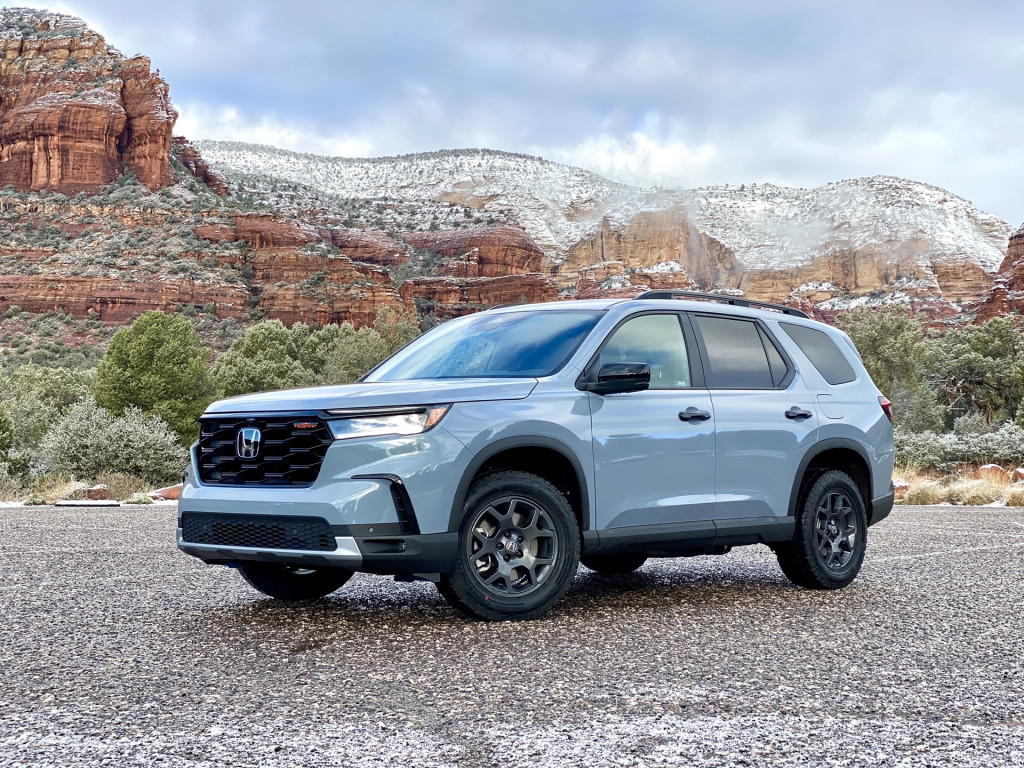
2023 Honda Pilot
Ford Explorer vs. Honda Pilot gas mileage
Is the Honda Pilot good on gas?
It’s OK. At best, the Pilot earns EPA ratings of 22 mpg combined in front-drive LX editions. All-wheel drive pushes that down to 21 mpg, and TrailSports check in at 20 mpg combined.
Is the Ford Explorer good on gas?
It’s better than the Pilot. The AWD Explorer XLT gets an EPA rating of 22 mpg combined, while the turbo-4 slides in at 23 mpg combined. An Explorer Limited Hybrid with all-wheel drive earns an EPA rating of 27 mpg combined, though—hands-down, higher than any Pilot but not even close to Toyota’s 35-mpg Highlander Hybrid.
Advantage: The Explorer, even in its non-hybrid versions.
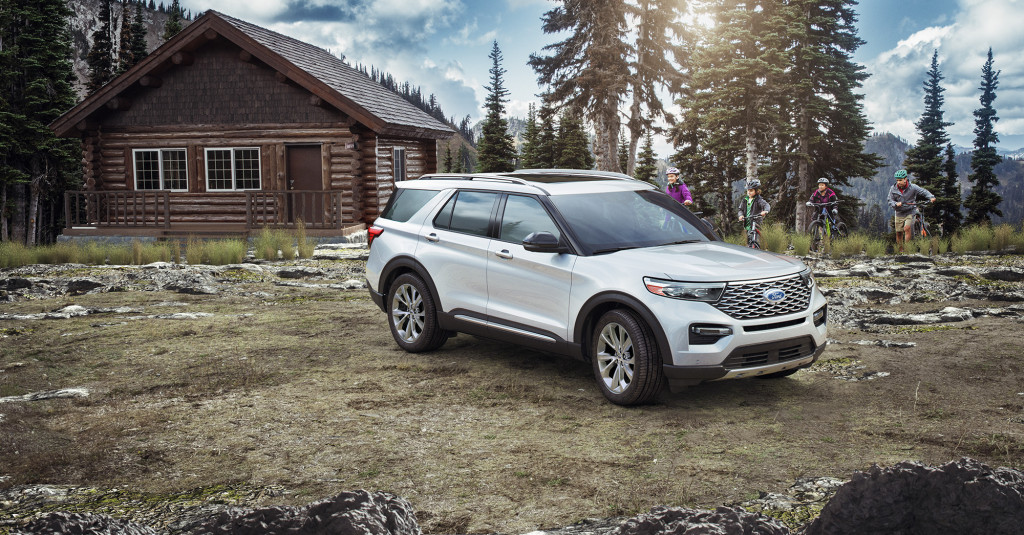
2022 Ford Explorer
Ford Explorer vs. Honda Pilot safety
-
The Explorer’s great in a crash
-
Both come with automatic emergency braking
-
Options range from adaptive cruise control to surround-view camera systems
How safe is the Honda Pilot?
The IIHS gives it a Top Safety Pick+ award, but the NHTSA has crash-tested it yet. All Pilots come with adaptive cruise control, automatic emergency braking, active lane control, and automatic high beams. All versions from the Sport on up get blind-spot monitors; all at the EX-L and above have front and rear parking sensors. A surround-view camera system with off-road views can be fitted.
How safe is the Ford Explorer?
The IIHS gives it a Top Safety Pick+ award, while the NHTSA doles out five stars. Automatic emergency braking comes standard—and earned the IIHS’s “Superior” rating—along with blind-spot monitors, active lane control, and automatic headlights. Options range from adaptive cruise control to automatic rear emergency braking.
Advantage: Inconclusive; we’ll update this when more Pilot information gets released.
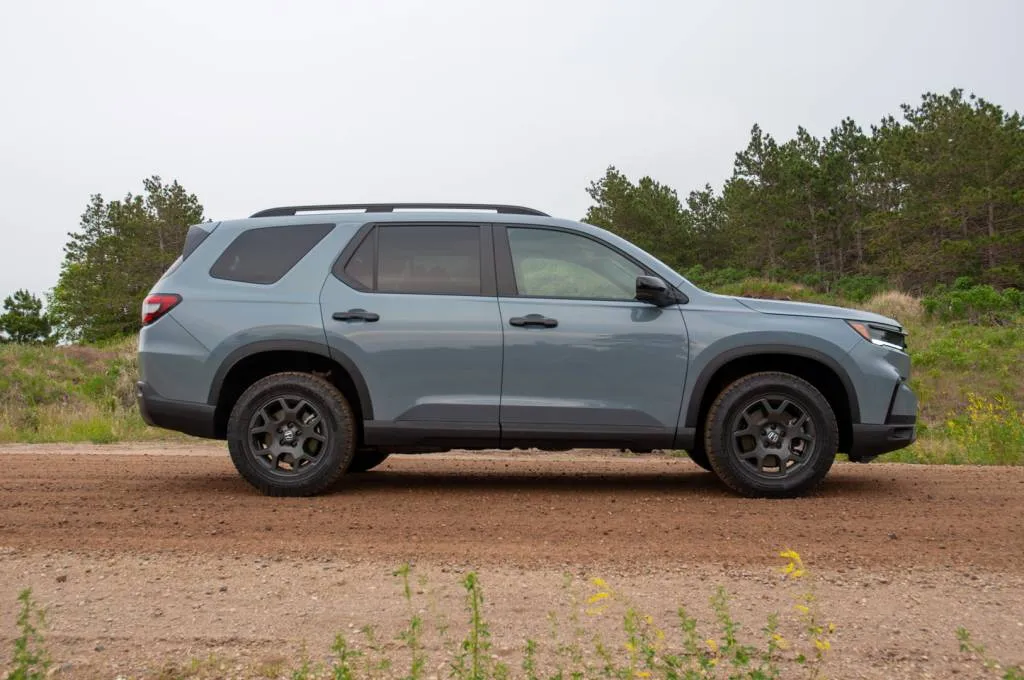
2023 Honda Pilot
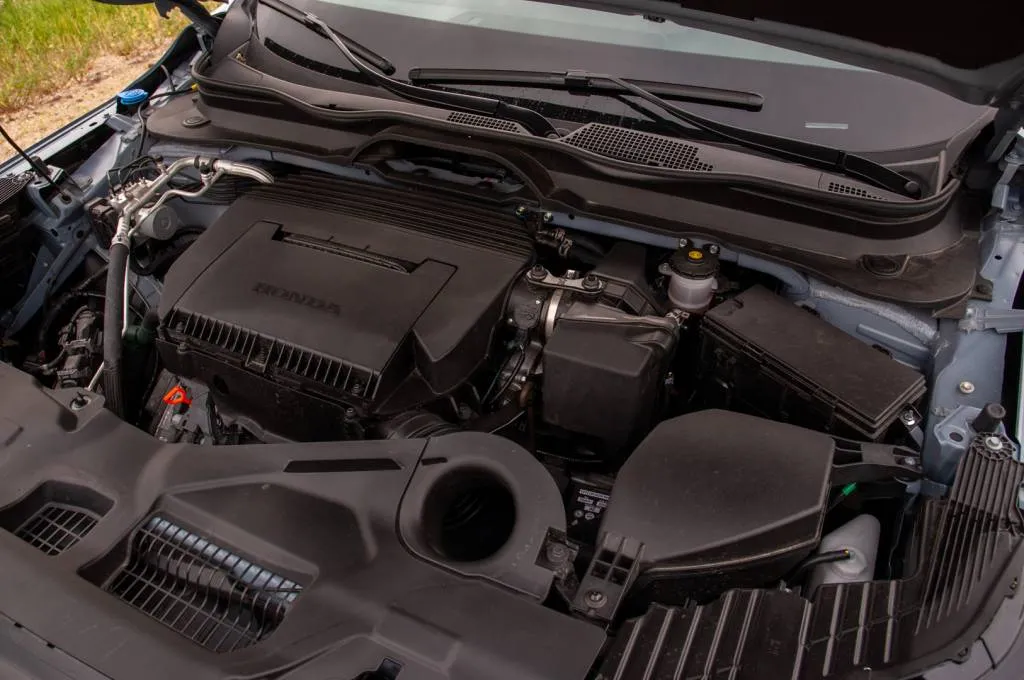
2023 Honda Pilot
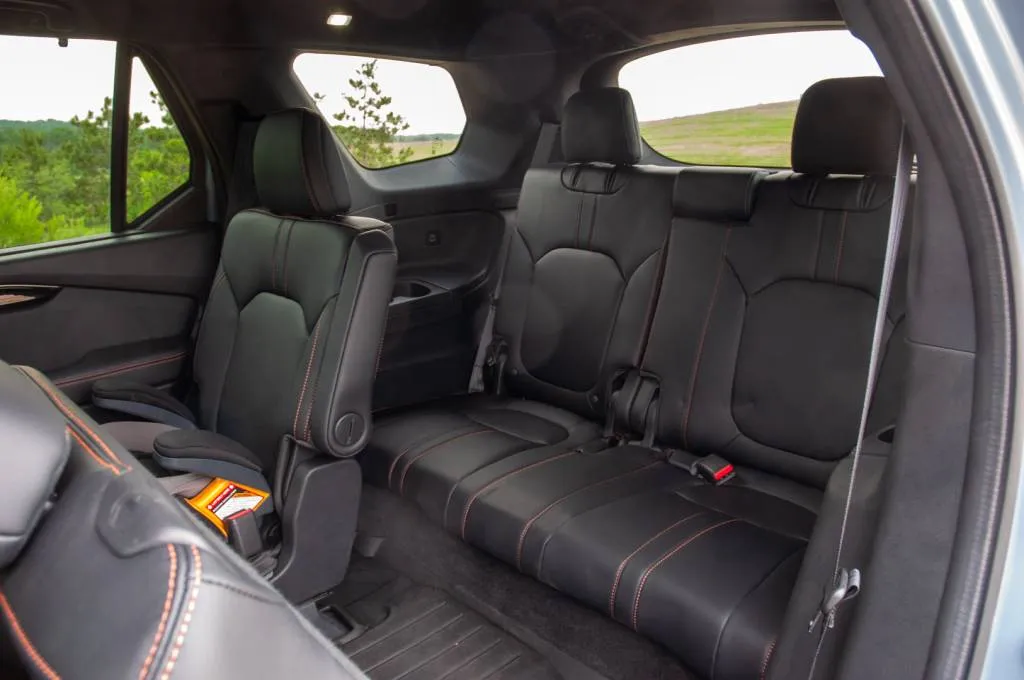
2023 Honda Pilot
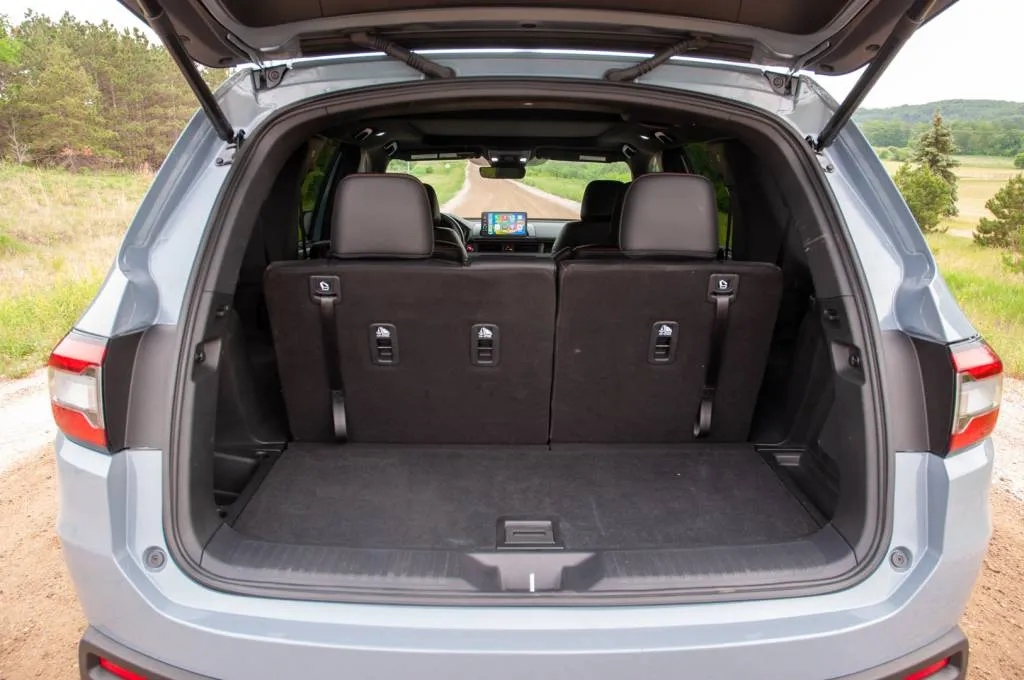
2023 Honda Pilot
Ford Explorer vs. Honda Pilot styling
-
The Explorer’s sport-wagon sleek
-
The Pilot has more traditional SUV cues
-
Honda wins the interior wars
Is the Honda Pilot a good-looking car?
It has a new take on the front end, with slim LED headlights and a mesh grille that mesh well with the angular shapes at the rear end. The Pilot channels some of Honda’s old Passport from many angles—and we’re glad the resemblance stops at the silhouette. Inside, the Pilot has a straightforward design that sets the dash high for visibility, uses simple buttons and knobs for important functions, and drops a touchscreen on top for good infotainment measure. We’re still not in love with Honda’s saddle-style transmission controls, but they’re more a foible than a fumble.
Is the Ford Explorer a good-looking car?
Sporty and muscular in its stance and its general outline, the Explorer drops the ball as it applies the usual set of Ford cues. Don’t get us wrong: the sport-wagon proportions work well, and so does its tasteful fillips of cladding around the wheel arches and rocker panels. It could have gone further, though the look likely will age better than Explorers of the past. Inside, the Explorer’s fallen in our estimation from tame to uninspired. There’s not much here to distinguish it from SUVs of a decade ago, save for the upsized touchscreen on some models. There’s black plastic and black synthetic leather, and if you’re spending more, some colorful stitching—and not much else.
Advantage: The Pilot.
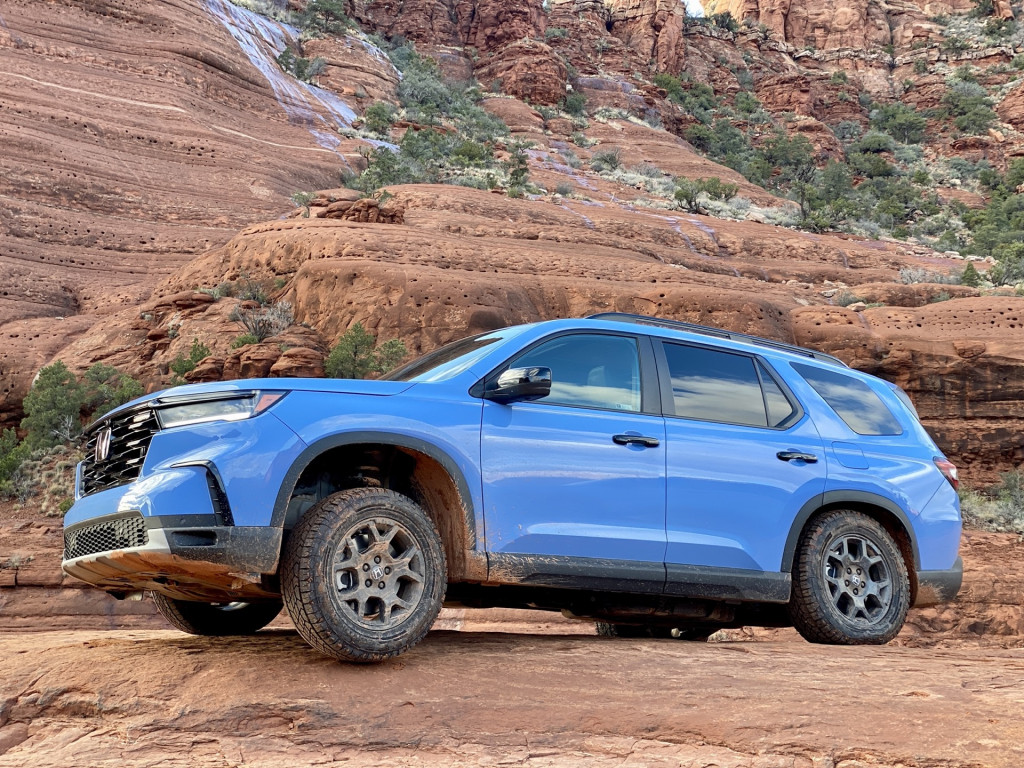
2023 Honda Pilot
Which is better: Ford Explorer or Honda Pilot?
The Honda Pilot has more room, a whiff of throwback style, good infotainment, and a more adventurous TrailSport edition. It earns a TCC Rating of 6.6 out of 10, pending a safety score—which, given Honda’s past performance, should raise its rating. (Read more about how we rate cars.) The Explorer, meanwhile, fares well with a TCC Rating of 6.5 out of 10, thanks to a great safety record and a roomy cabin. The Honda’s slight edge in styling and price come with a lot more space—and a win here.
Winner: The Honda Pilot, by the slimmest of margins.
https://www.thecarconnection.com/news/1128068_honda-pilot-vs-ford-explorer-compare-suvs Honda Pilot vs. Ford Explorer: Compare SUVs
